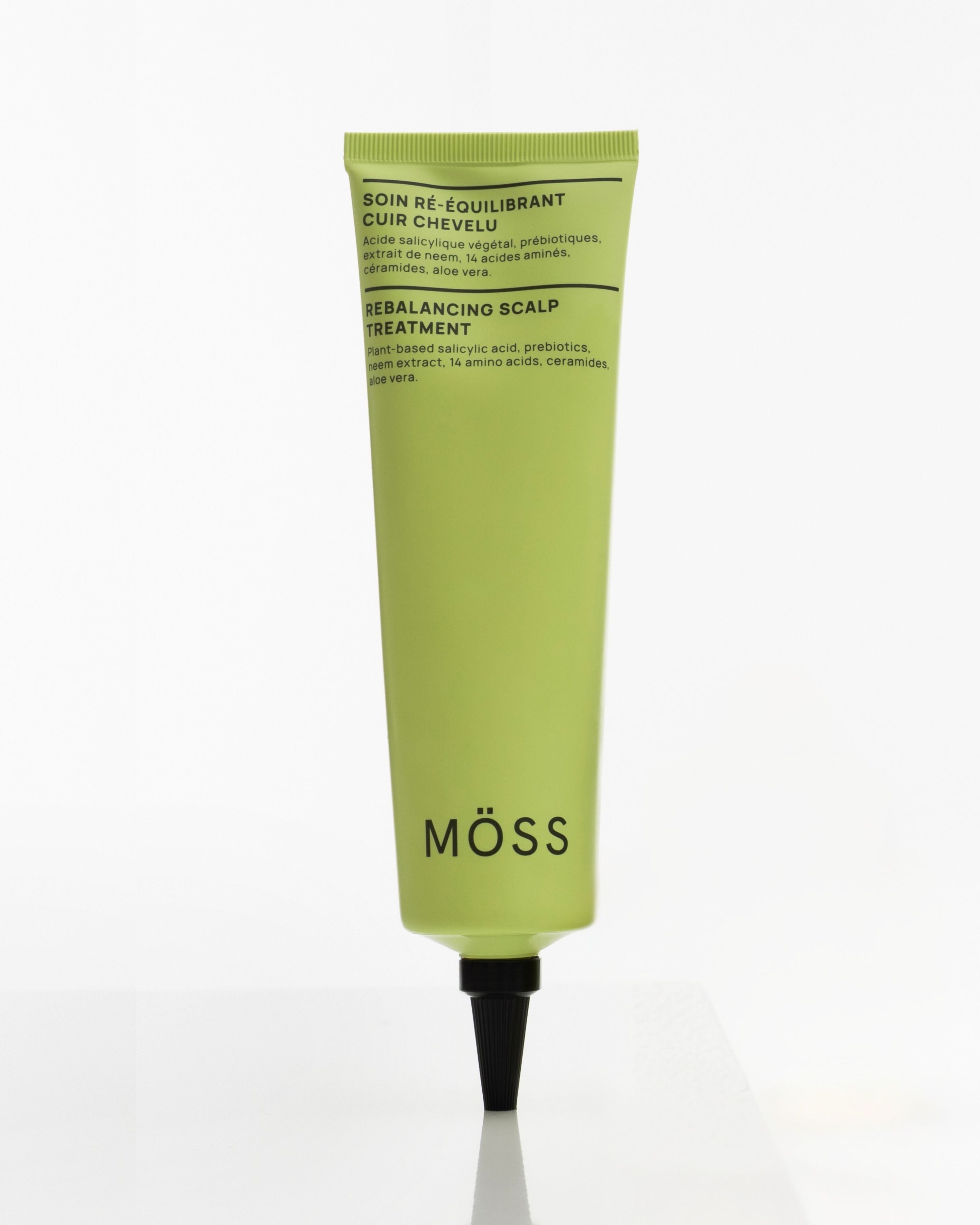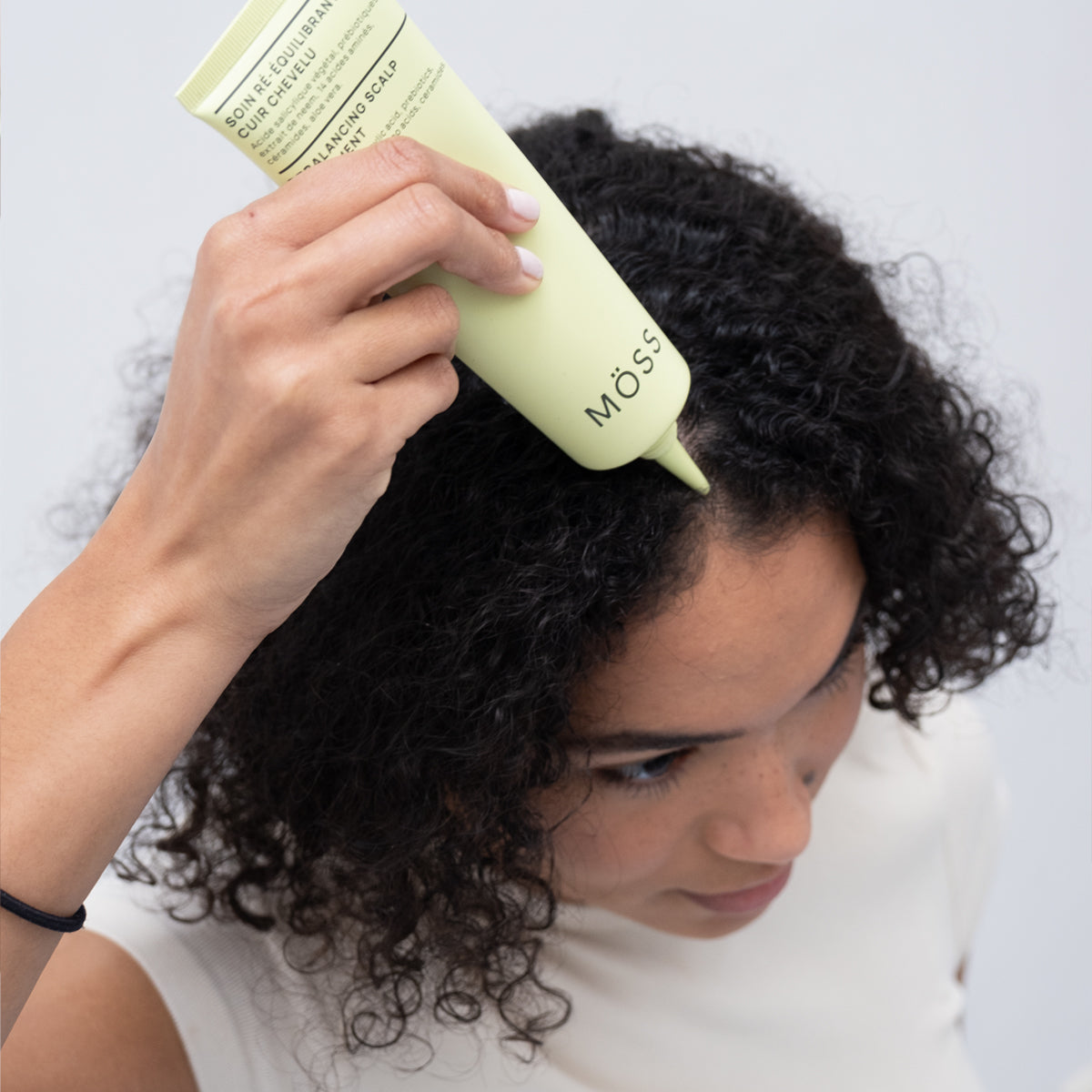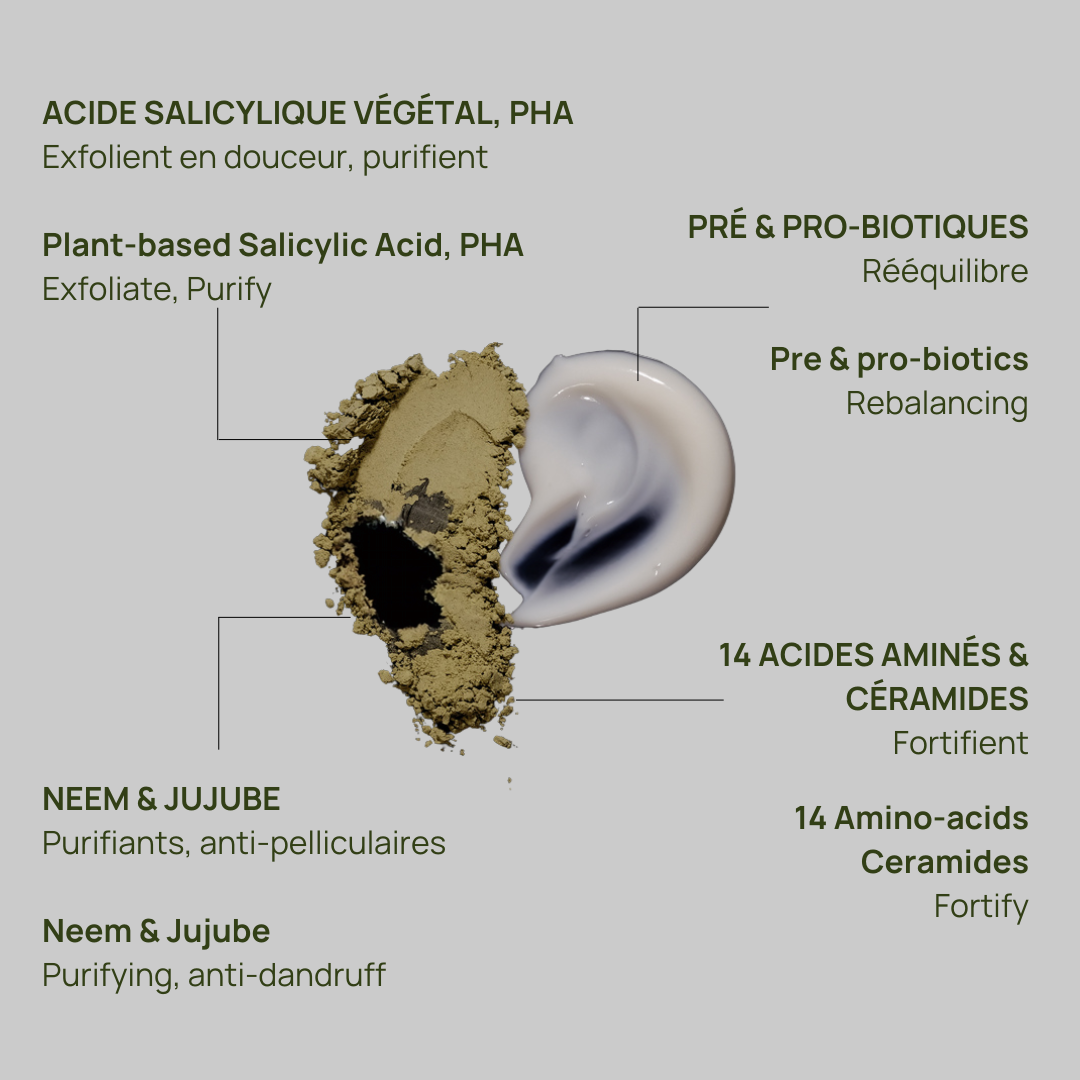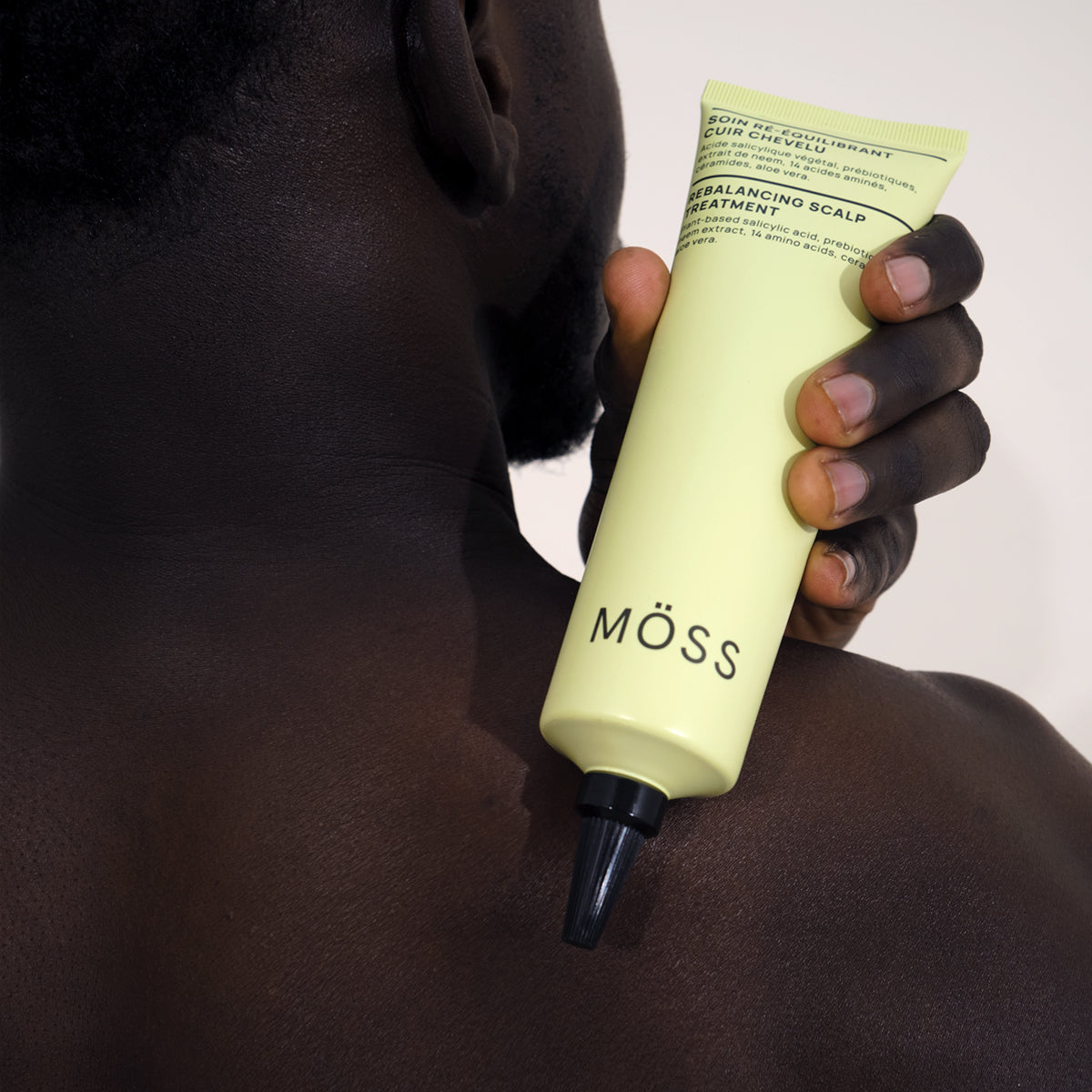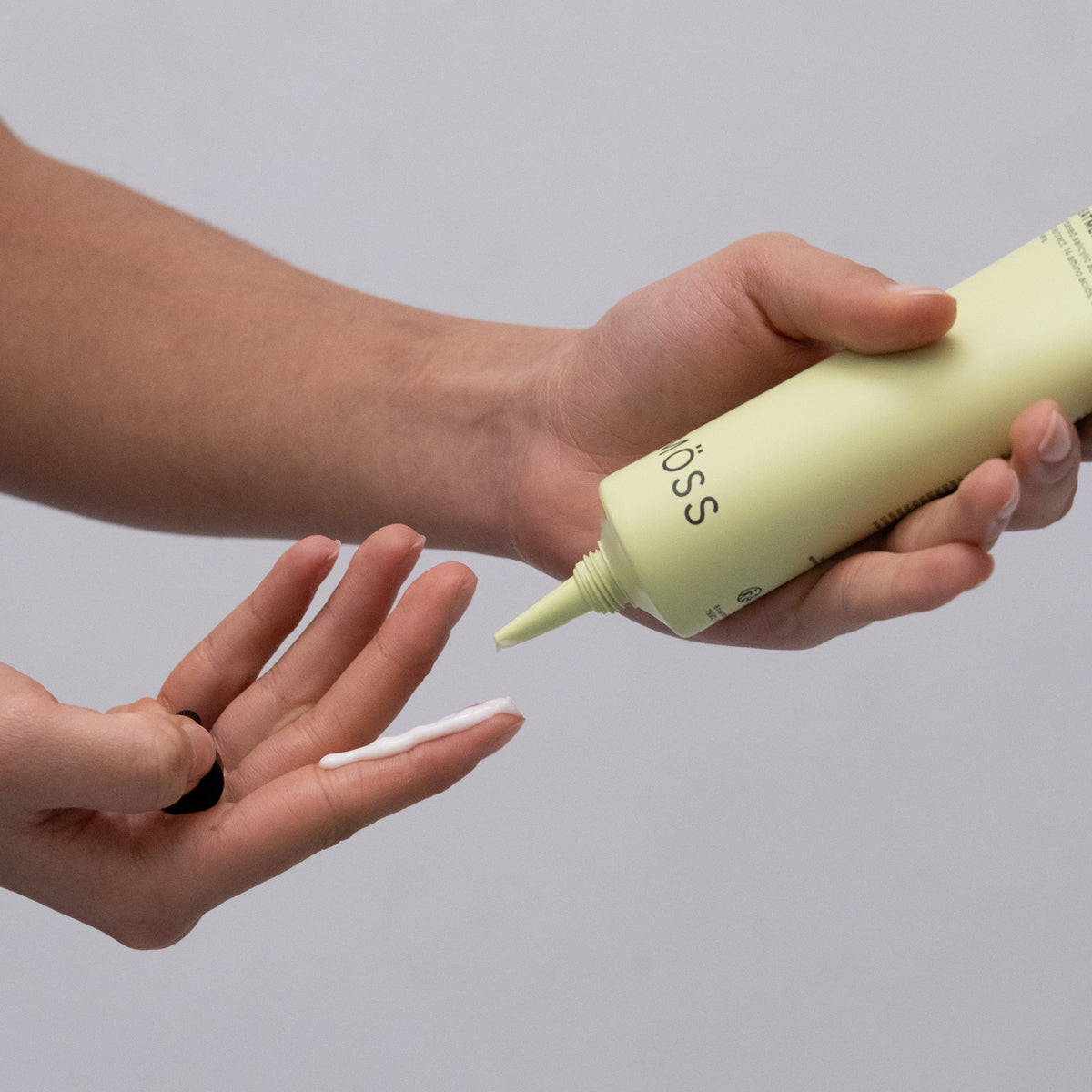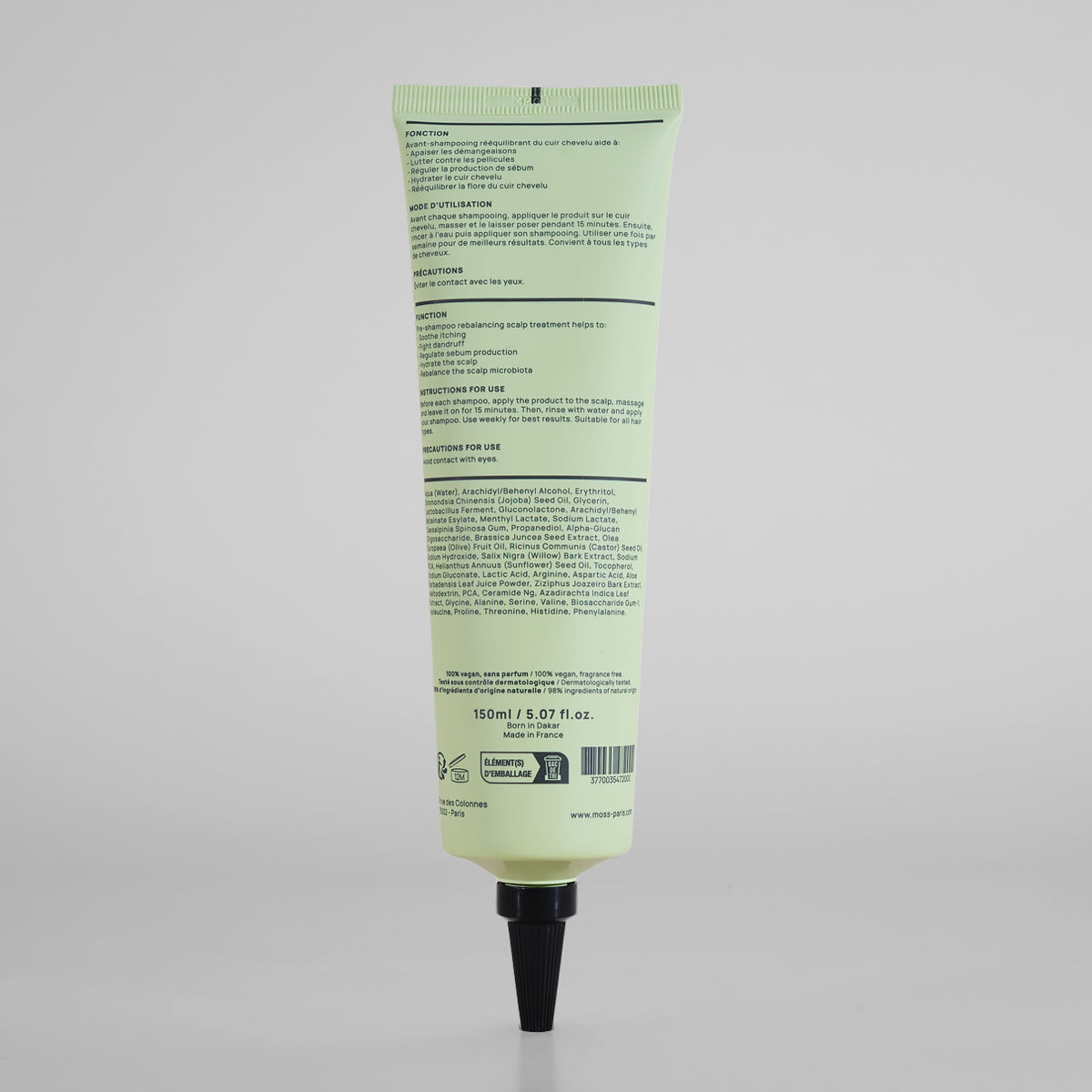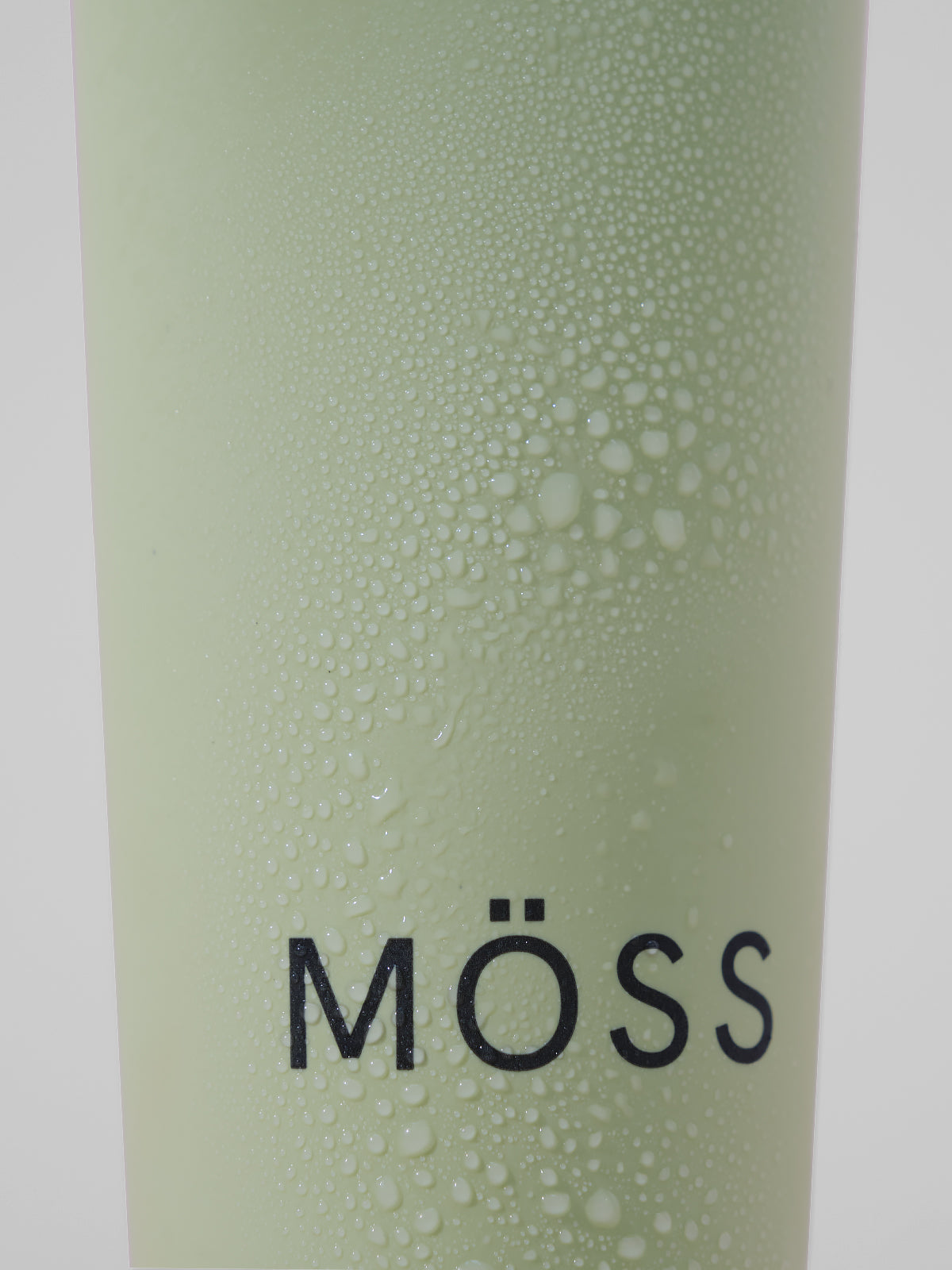Alopecia: Types, Causes and Solutions
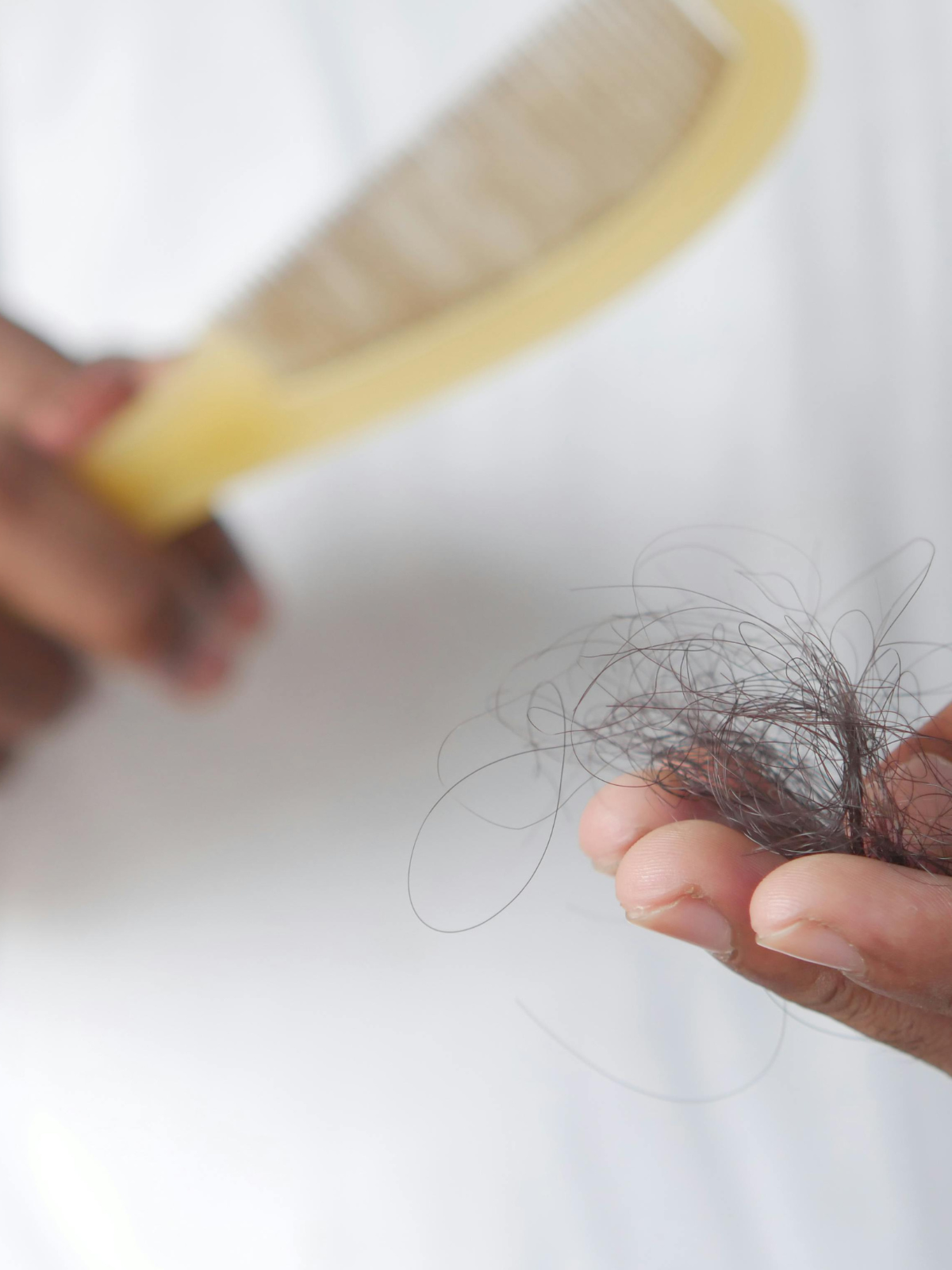
Alopecia is a hair disorder that affects a large portion of the population worldwide. It is characterized by hair loss, which can be partial or total. Although alopecia is often perceived as a cosmetic phenomenon, it can also have significant psychological repercussions for those who suffer from it. This article explores the different types of alopecia, their causes, existing remedies, as well as the impact of hairstyles and internal balance on hair health.
Types of Alopecia
There are several types of alopecia, each with specific causes and manifestations. The best known are:
1. Androgenetic alopecia
Androgenetic alopecia is the most common form of alopecia. It is linked to genetics and hormones, especially androgens, which are male hormones also present in women in smaller amounts. This type of alopecia mainly affects men, but it can also affect women, causing progressive hair loss on the scalp, usually on the crown and temples.
2. Alopecia areata
Alopecia areata is an autoimmune form that causes hair loss in patches. The immune system attacks the hair follicles, resulting in localized hair loss. This form of alopecia can affect hair on the scalp, but also eyebrows, eyelashes, and other areas of the body.
3. Scarring alopecia
This type of alopecia is characterized by the permanent destruction of hair follicles, often caused by inflammation of the scalp. This inflammation can be linked to autoimmune diseases, infections or other dermatological disorders, which leads to permanent hair loss in the affected areas.
4. Telogen effluvium
Telogen effluvium is diffuse hair loss often caused by significant physical or emotional stress. This form of alopecia is reversible, and hair may regrow after the underlying cause is resolved.
Causes of Alopecia
Alopecia can have a variety of causes, and understanding these factors is essential to finding effective solutions.
1. Genetic factors
One of the major causes of alopecia, particularly androgenetic alopecia, is genetics. A hereditary predisposition can make some people more susceptible to hair loss, particularly due to the increased sensitivity of hair follicles to androgen hormones.
2. Hormones
Hormonal imbalances are also important risk factors. In women, pregnancy, menopause and hormonal disorders can play a key role in alopecia. In men, excess androgen hormones accelerate hair loss.
3. Stress and emotional disturbances
Chronic stress, hormonal changes due to significant events, and anxiety can trigger diffuse hair loss, such as telogen effluvium. Stress can disrupt the hair growth cycle, causing premature hair loss.
4. Poor diet and nutritional imbalance
A lack of essential nutrients such as iron, vitamins (especially vitamin D), protein and fatty acids can affect the health of hair follicles. An unbalanced diet or nutritional deficiency can therefore be the cause of hair loss.
5. Improper hairstyles and hair care
Tight hairstyles, such as ponytails or braids, can put excess pressure on hair follicles, leading to a form of alopecia called trichotillomania or traction alopecia . Additionally, overuse of chemicals, high heat (hair dryers, flat irons), or coloring can damage hair and cause it to fall out faster.
Impact of Hairstyles on Alopecia
Hairstyles can have a huge impact on hair health. Some hairstyles put excessive pressure on the scalp and hair follicles, which can cause temporary or permanent hair loss.
- Tight hairstyles: Braids, buns, or ponytails can pull on hair follicles and cause pulling on the roots, which can cause traction alopecia. This type of hair loss is often reversible if the pressure on the hair is reduced.
- Excessive use of chemicals: Perming, frequent coloring or bleaching can weaken the hair structure, leading to hair loss. Excessive use of chemicals can also cause scalp irritation, contributing to alopecia.
- Mechanical trauma: Aggressive brushing, using inappropriate brushes or combs can cause micro-tears in the hair follicles, weakening the hair.
The Importance of Internal Balance
Internal balance plays a crucial role in hair health. A weakened immune system, hormonal imbalances, excessive stress, and poor nutrition can all hinder hair growth. On the other hand, a healthy and balanced lifestyle can promote hair regeneration.
- Balanced diet: A diet rich in protein, vitamins and minerals (iron, zinc, biotin) is essential to maintain healthy hair follicles. Antioxidants in fruits and vegetables can also protect hair from oxidative damage.
- Stress management: Chronic stress is an aggravating factor in alopecia. Regular practice of meditation, yoga, or physical activities can reduce the effects of stress on the body, including on the hair.
- Hormonal balance: Managing hormonal imbalances, especially with the help of a healthcare professional, is essential for treating certain forms of alopecia, particularly in women.
Remedies for Alopecia
Although alopecia can sometimes be irreversible, several solutions exist to slow the progression of hair loss and promote hair regrowth.
- Massage and targeted care: Scalp massage and targeted care play an important role in stimulating blood circulation to the hair follicles.
- Laser therapies: Low-level laser therapy devices (hair laser) can be used to stimulate hair growth by activating dormant follicles.
- Drugs / DHT Inhibitors : Some serums and hair treatments contain active ingredients that block the action of 5-alpha reductase, thereby reducing the production of DHT.
- Hair Transplants: In the most severe cases, hair transplantation (hair transplantation) can offer a permanent solution by reimplanting healthy hair follicles into the bald areas.
Alopecia is a complex phenomenon influenced by multiple internal and external factors. Understanding its causes, including the effects of hairstyles, hormonal imbalances and stress, is essential to adopting an effective preventive or therapeutic approach. A balanced diet, stress management and the adoption of appropriate hair care are all strategies that can improve hair health and prevent hair loss.
